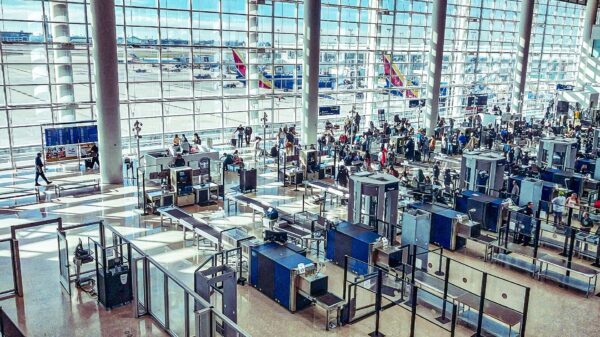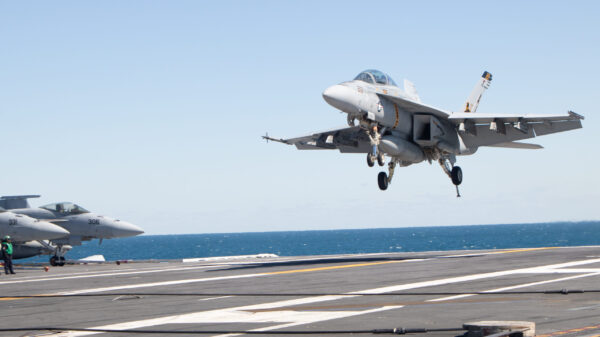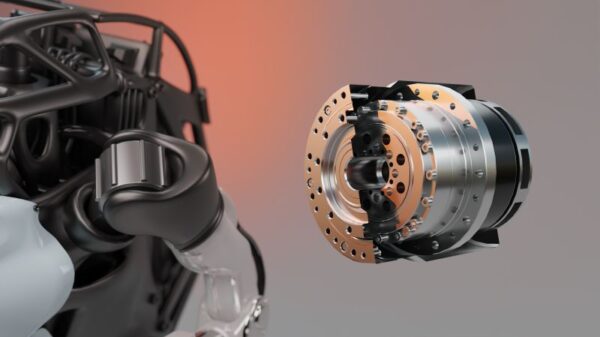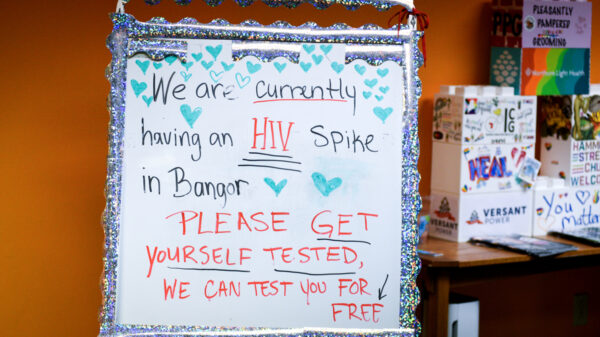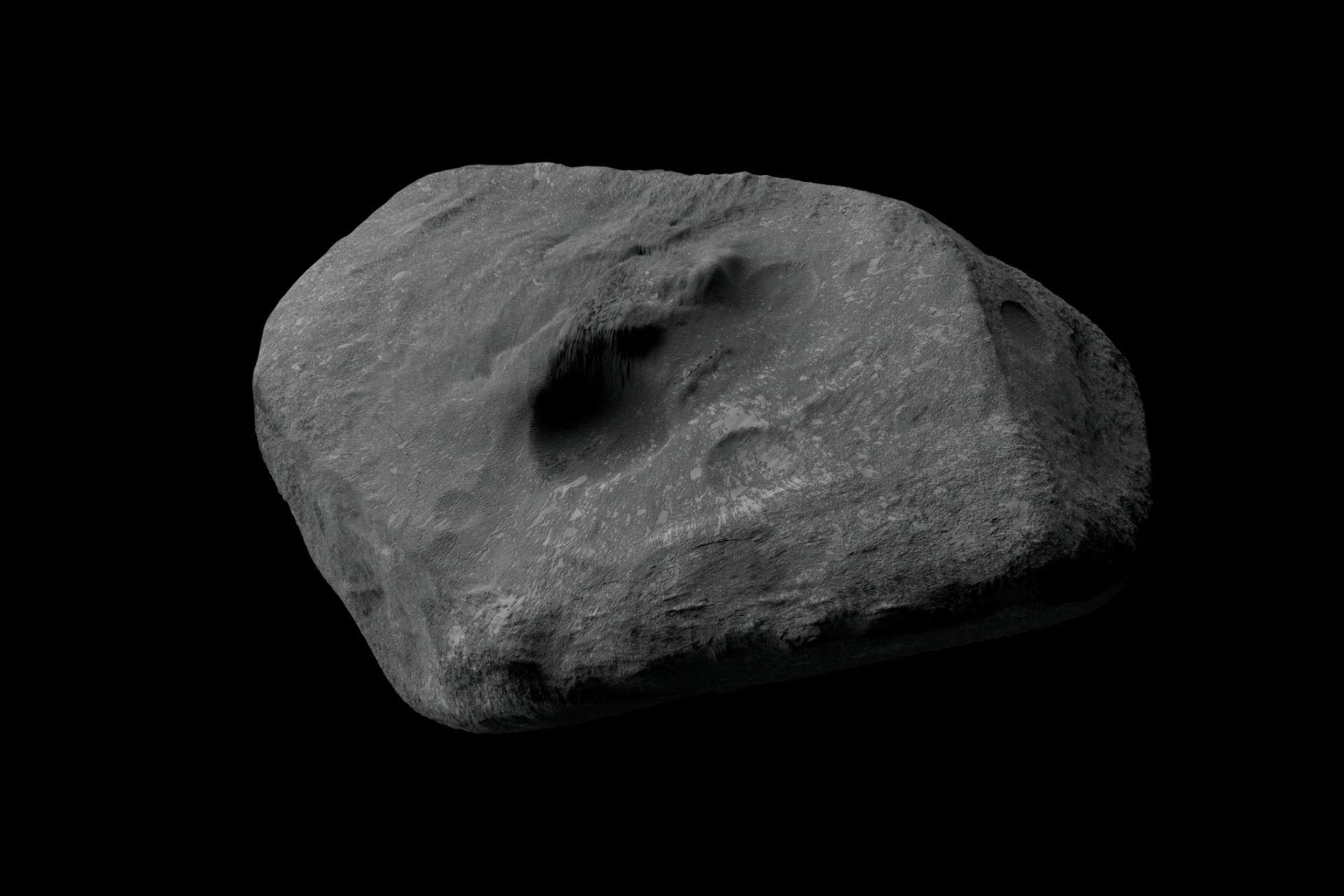Asteroid 2024 YR4, which captured global attention last year due to concerns it might collide with Earth in 2032, has since been ruled out as a threat to our planet. However, this large space rock still poses a 4% chance of impacting the Moon. In light of this possibility, the scientific community is advocating for preparations to mitigate potential risks.
A recent study conducted by researchers from NASA and several other U.S. institutions highlights the potential consequences of a lunar collision. The findings, submitted to the Journal of the Astronautical Sciences for peer review, indicate that an impact could eject significant amounts of micrometeoroid debris into low-Earth orbit. Such debris could jeopardize the safety of spacecraft and astronauts aboard the International Space Station.
Assessing Impact Prevention Strategies
The researchers evaluate various strategies for either deflecting or destroying 2024 YR4 before it reaches the Moon’s surface. Although deflection is often the preferred method, it comes with significant challenges. For instance, changes to the asteroid’s trajectory require precise calculations of its mass and density. The James Webb Space Telescope measured 2024 YR4’s diameter at approximately 197 feet (or 60 meters74 million pounds (about 33 million kilograms) to over 2 billion pounds (around 930 million kilograms).
To accurately deflect the asteroid, scientists must first understand its density, a crucial factor that remains uncertain. Getting this calculation wrong could inadvertently redirect 2024 YR4 towards Earth. A reconnaissance mission to gather further data could be considered, but the optimal launch window for such a mission would be in 2028, leaving NASA with a mere three years to develop it.
Given these complexities, the researchers concluded that deflection missions might be impractical for averting a lunar impact.
Exploring Destruction as an Alternative
In light of the challenges associated with deflection, the study suggests that destroying the asteroid may be a more feasible option. The researchers outline two potential methods for NASA to consider. The first involves a robust kinetic disruption mission, akin to the DART mission that successfully altered the trajectory of the asteroid moonlet Dimorphos in 2022. Instead of nudging 2024 YR4 away, this mission would focus on breaking the asteroid apart. Although kinetic disruption has not been tested before, researchers believe there is sufficient time to develop this mission, with the next viable launch window occurring between April 2030 and April 2032.
The second method proposed is more drastic—detonating a nuclear device on, near, or beneath the surface of 2024 YR4. While this concept has not been practically tested, the researchers argue that it remains theoretically plausible. If pursued, this mission could be launched between late 2029 and late 2031.
Despite the uncertainties surrounding asteroid 2024 YR4, researchers emphasize that the window of opportunity is significant. With seven years until the asteroid’s closest approach, there is ample time to refine and test impact prevention strategies. The asteroid thus represents a critical opportunity for scientists to enhance our preparedness for protecting both Earth and the Moon from potential threats in the future.







